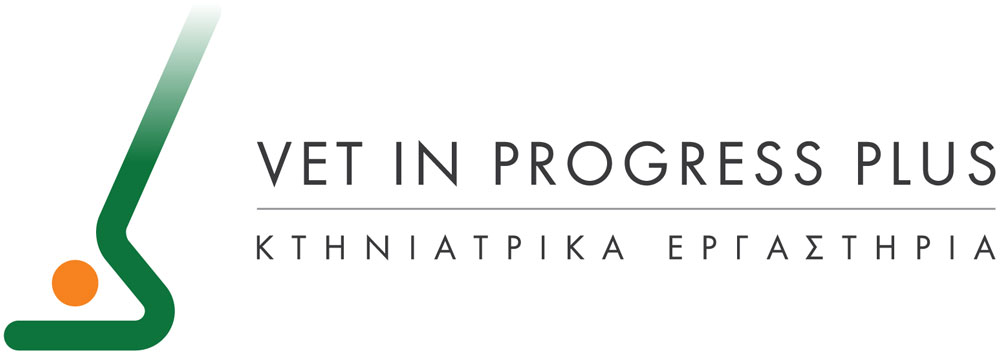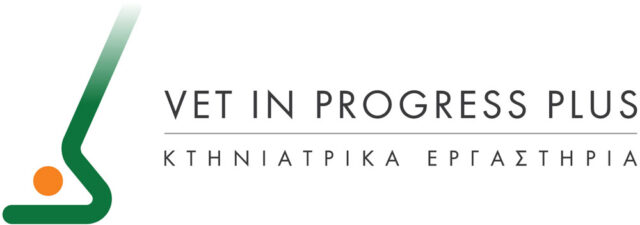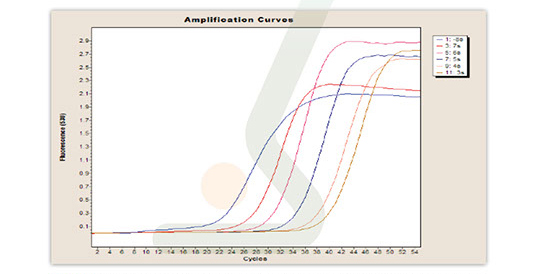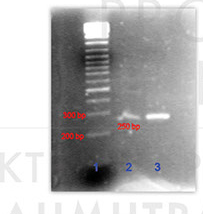THE GOLDEN STANDARD IN MOLECULAR METHODS
Over the last years, PCR has significantly improved the diagnosis of infectious diseases. However, it still remains time consuming and susceptible to false positive and negative results.In addition, as conventional PCR is a non-quantitative technique, the exact number of
pathogens copies in samples cannot be specified Nevertheless, this parameter is crucial for the control of diseases and until now it was achieved with complicated procedures. This fact emerged the need for the use of a more rapid and sensitive molecular technique, which could quantify pathogens in various animal tissues.
As a result, real-time RCR, the most sensitive technique in molecular biology was developed. PCR in real boosted the evolution of the existing methodologies due to the quantification of the pathogen. It is widely applied in medicine and it is considered as the most sensitive technique amplification of DNA and RNA fragments. It is based on the measurement of a fluorescent substance attached in the double stranded DNA
If we were to compare those methods for their reliability, we should emphasize in the above:
1. The sensitivity of real-time PCR concerning the detection of pathogens has been compared in many studies with those of conventional PCR. In most of these, real-time PCR’s sensitivity was about 10 times higher than conventional PCR
resulting in a decrease in false negative samples as real-time PCR detects the pathogen even in very low concentration in the sample.
2. The instrument is connected to a PC for monitoring the amplification of DNA even from the first steps of the method.
3. In addition, conventional PCR procedure is followed by the coloring (with ethidium bromide) and electrophoresis of the final product for the confirmation of its size. (image). These stages, which are carried out by the lab staff, are critical, because of the risk for contamination of the reagents and products resulting in false positive results and mistakes during the interpretation and recording of the results. On the contrary, in real-time PCR the reading and recording of the results is carried out by the computers’ software and the products of the amplification are not opened in the laboratory invoronment.
4. It has also been estimated that the binding ability of ethidium bromide with the product is less effective than
real-time PCR’s dyes.
From the above, it is obvious that real-time PCR is capable of:
• Detecting subclinical infections
• Estimating the progress of a disease in acute conditions
• Monitoring the efficacy of treatment
To conclude with, real-time PCR surpasses the conventional one and tends to replace it.
In the following figure, the results of both methodologies (real-time and conventional PCR) are given as an example of the way that they are interpreted (read) in each method.
The difference in the use of technology and results’ precision is obvious between those techniques.
- Laboratories:
- Vet in Progress Plus
- Service:
- Molecular Diagnostics
- Category:
- Real Time PCR Technique (Quantative PCR or Real Time PCR)



